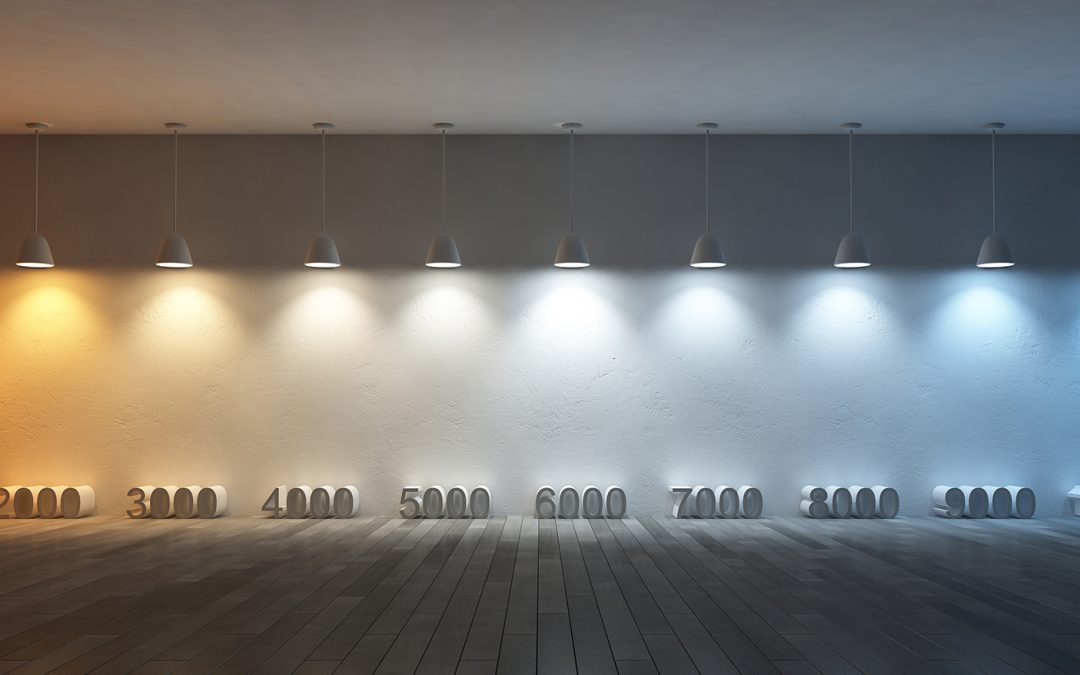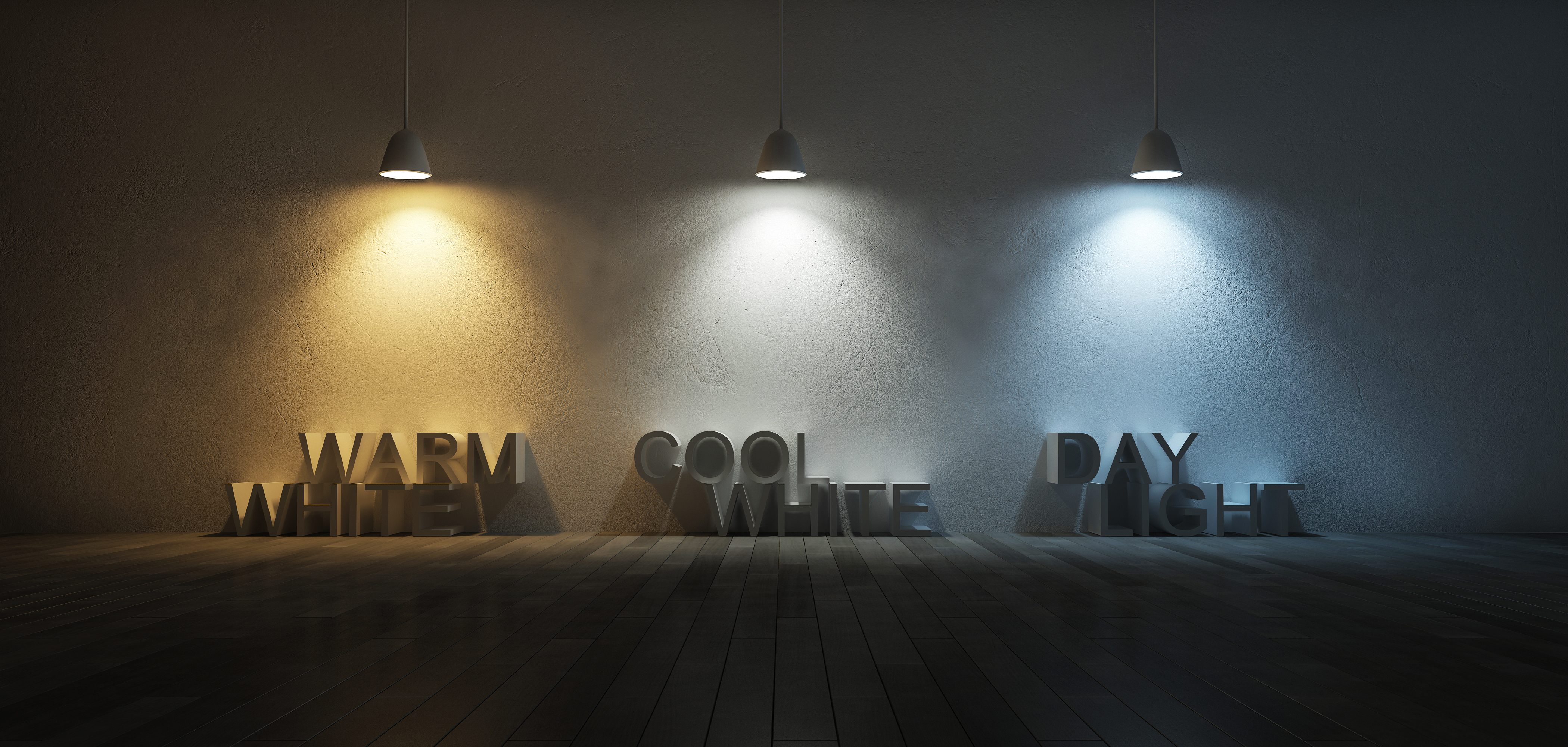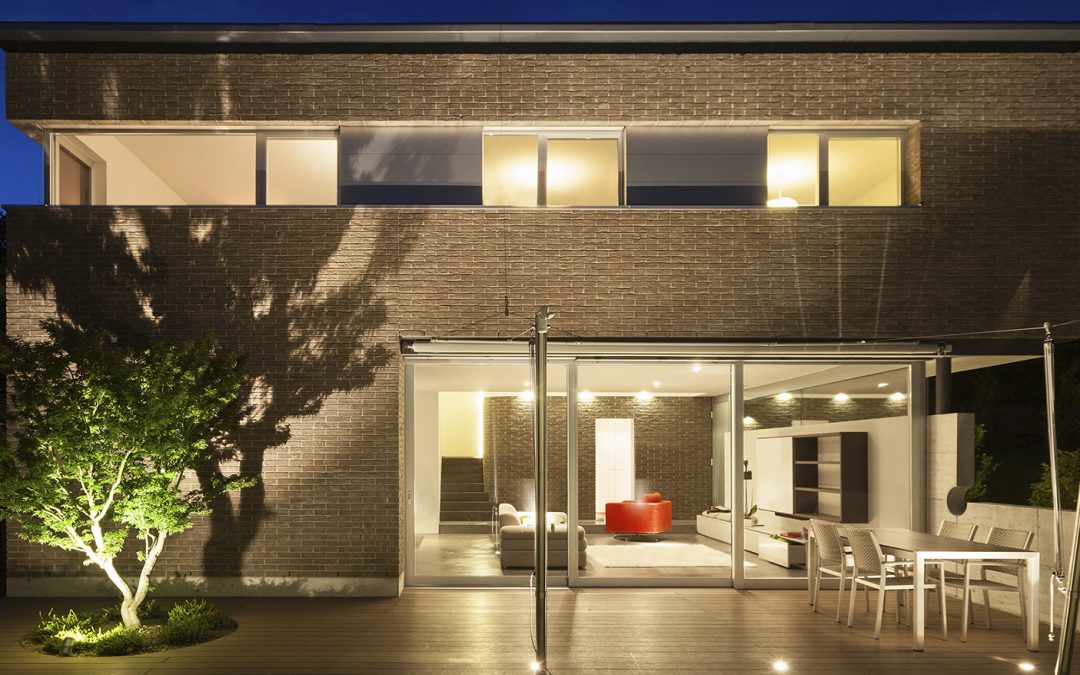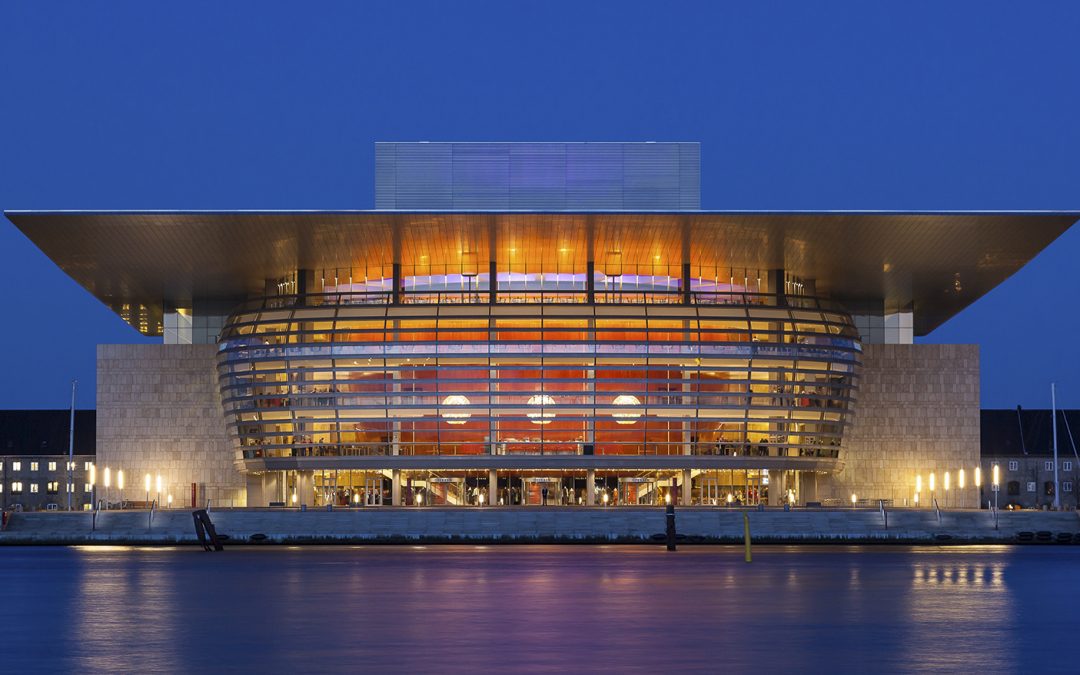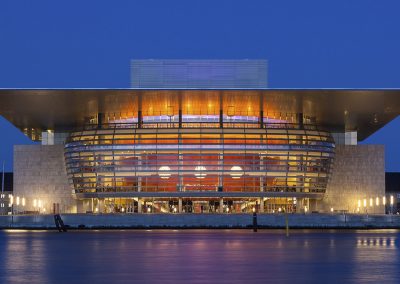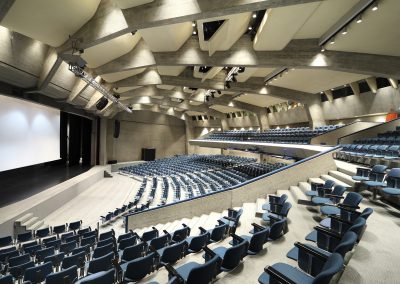
LED lighting in the public sector: Nursing homes
This is the fourth and last blog post in our miniseries about the advantages associated with applying LED lighting in the public sector. Previously, we have clarified how hospitals and schools can benefit from LED lighting, and in this post.we take a closer look at why nursing homes should focus on LED.
Our society is undergoing immense demographic changes. The world’s population increases. which means that the number of people requiring extra care will rise in the years to come. Nursing homes are just some of the public institutions that will face challenges with respect to quantity and quality.
The nursing homes’ quality can be improved by replacing existing lighting with LED
. Beyond the economic and environmental advantages associated with LED, the light emitting diodes can enhance the residents’ quality of life. Their sight is reduced over time. just as their perception of depth and colour is impaired. For this reason, nursing homes should provide correct and healthy lighting to its residents.
It has been scientifically proved that light has a biological effect on human beings. Our circadian rhythm can be disturbed by artificial lighting. which can affect our health and well-being negatively. This is where LED become involved.
LED differ from traditional light sources by being able to adjust the colour temperature in the room
. One of the possibilities is called circadian lighting, which can be described as dynamic regulation of the light in harmony with the surroundings. In the morning and in the evening, the diodes will emit a warmer colour temperature compared to the afternoon when the colour temperature outside is cooler. Instead of providing monotonous lighting 24 hours a day. the colour temperature in the nursing home will be regulated automatically during the day.
Beyond this dynamic regulation of the light, residents, as well as employees, are able to adjust the colour temperature in the room manually depending on the needs. If residents relax in their rooms, there is a demand for warmer lighting compared to when the residents eat or read a book.
Accordingly, an LED lighting solution will be a great investment for nursing homes. Below we provide an overview of the advantages associated with LED lighting in relation to residents, employees as well as to the nursing homes themselves.
- Residents: Studies show that nursing home residents become more active when staying in day rooms equipped with circadian lighting. Apart from that, this type of lighting improves the residents’ sleep and eating patterns, which, altogether, enhance their quality of life. The residents will experience that the days become easier and better, seeing that the automatic regulation of light contributes to maintaining a healthy circadian rhythm.
- Employees: Just as the residents, employees are affected positively by this dynamic regulation of light. First, their circadian rhythm is maintained and second, the residents’ sleep will improve, which will reduce the demand for care at this time of the day. For this reason, the employees might experience that circadian lighting can ease everyday challenges.
- Nursing homes: In line with the reduction of workload, nursing homes can choose to reduce the number of employees. Moreover, LED lighting is more energy efficient than traditional light sources. Owing to the diodes’ expanded lifetime, there is almost no need for maintenance, making the investment in LED a good deal. Consequently, nursing homes will be able to provide their residents with the most optimal conditions when investing in LED.
